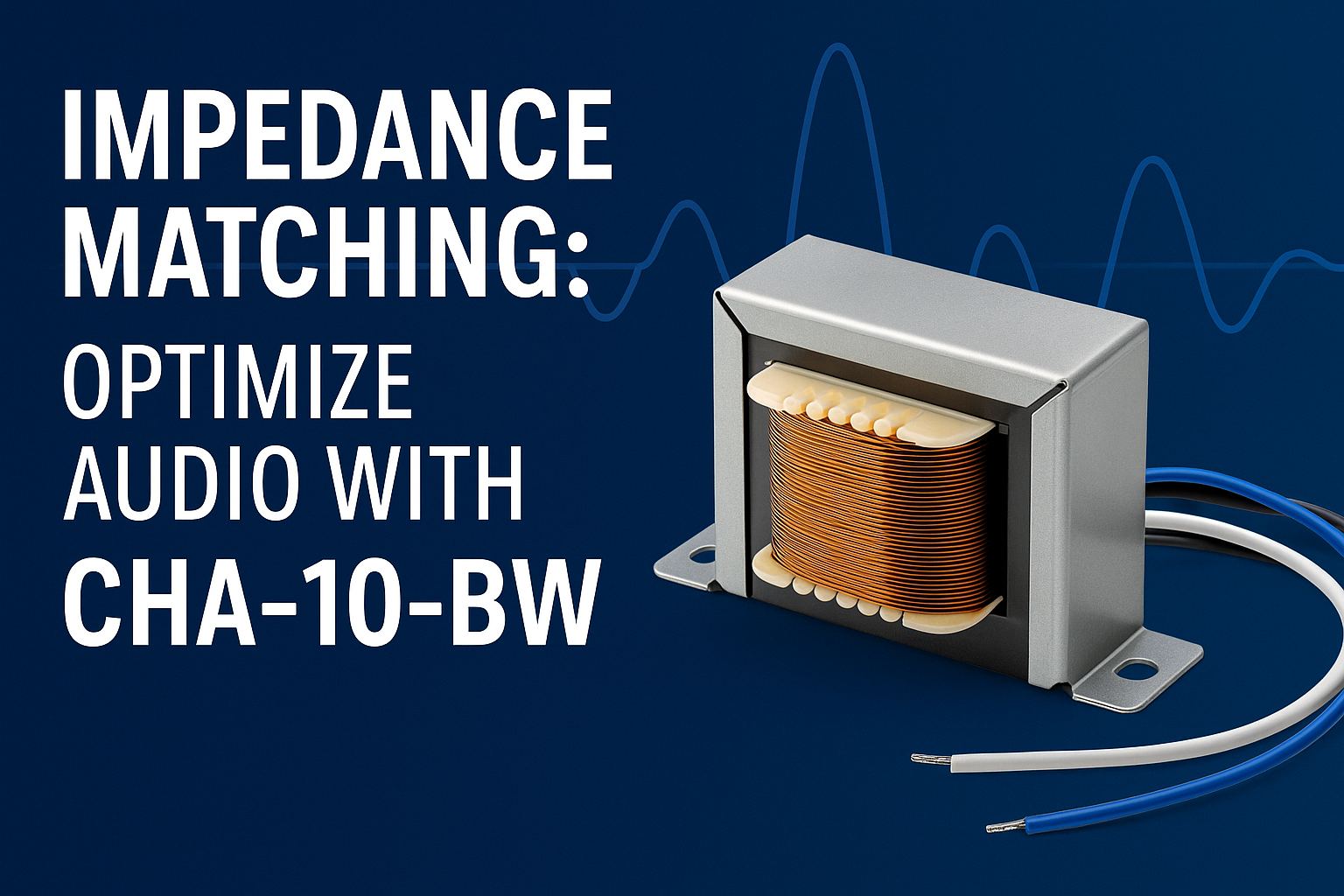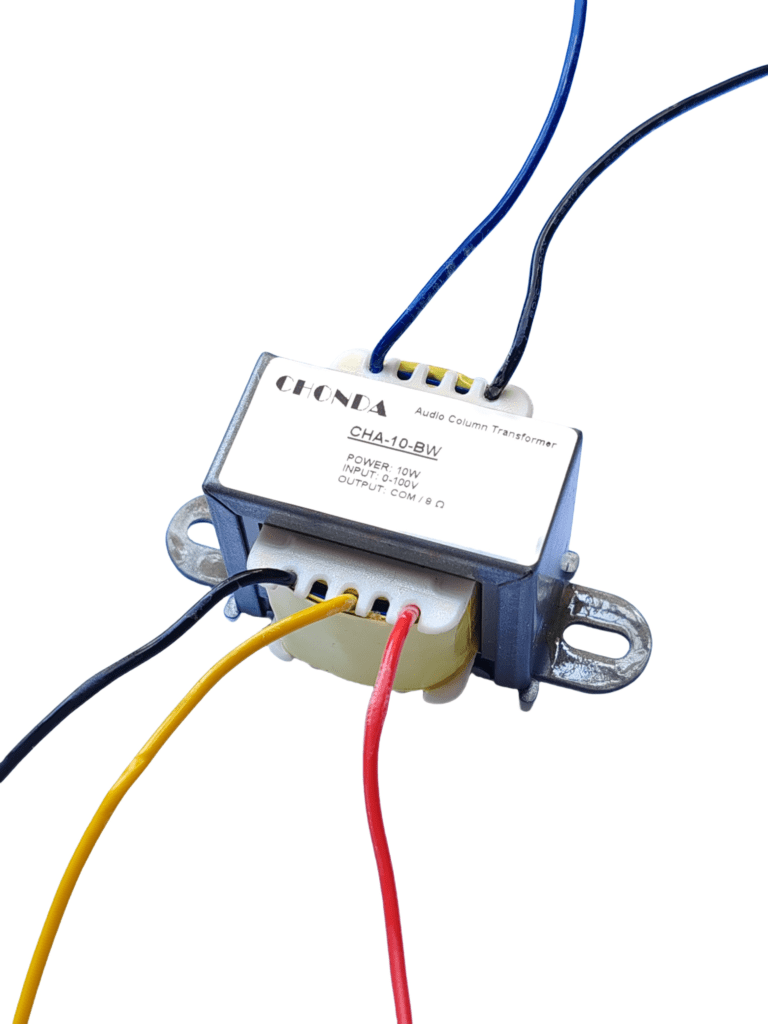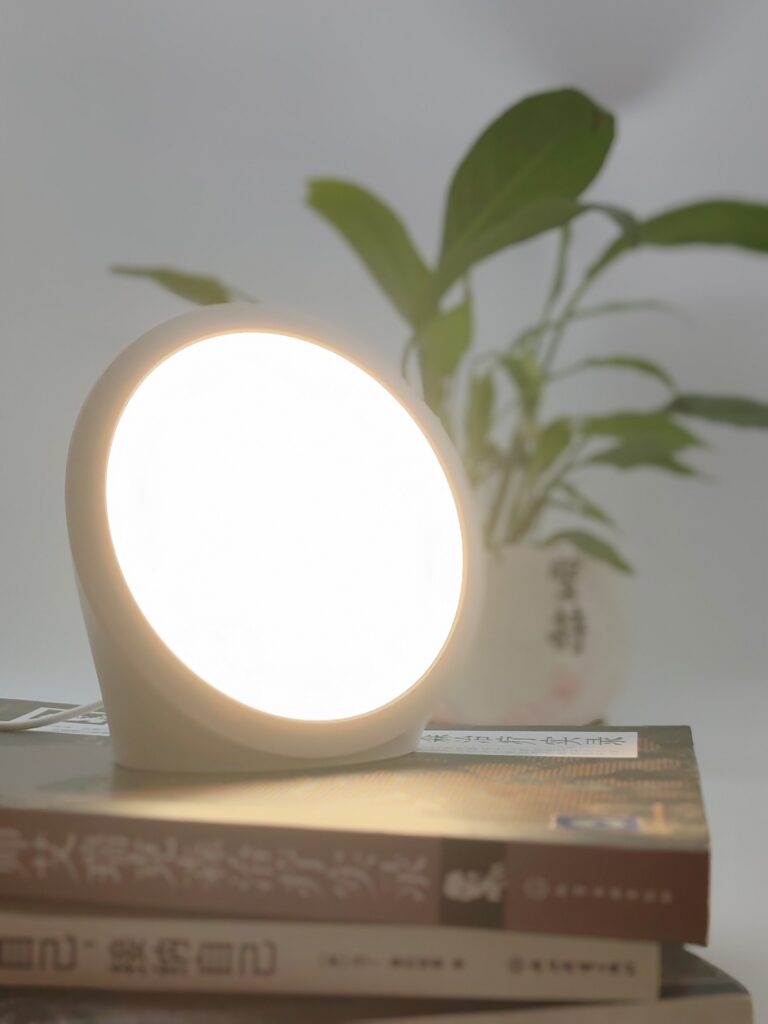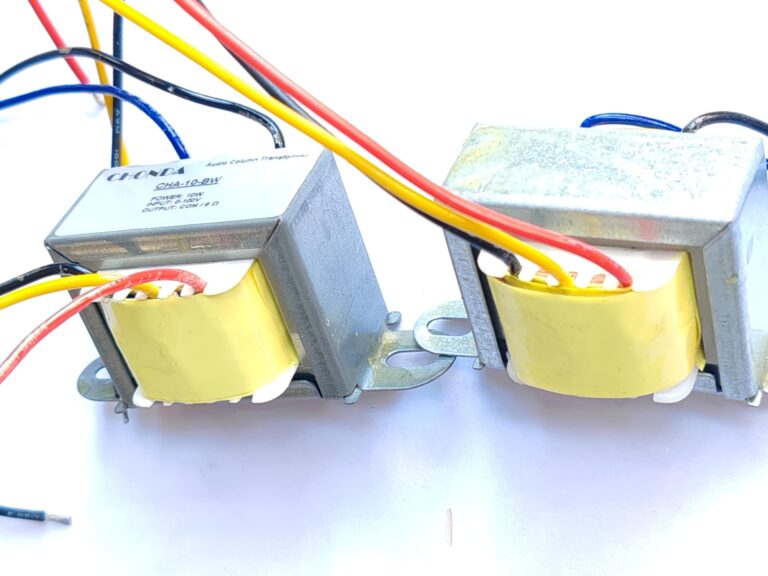We help the world since 2012

Impedance Matching for Beginners: How to Choose the Right Audio Transformer (Like CHA-10-BW)
- The Most Overlooked Mistake in Audio: Ignoring Impedance Matching
- Why Impedance Matching Matters (Yes, It Actually Affects Sound)
- What Exactly Is Impedance Matching?
- Why 600Ω Transformers Are (Mostly) a Thing of the Past
- Step-by-Step: How to Match Your Transformer Like a Pro
- Why We Recommend the CHA-10-BW (And Not Just Because It’s Ours)
- Real Feedback from Real People
- FAQ: Quick Answers (Optimized for Voice Search)
- Final Tips for Clean Audio Performance
The Most Overlooked Mistake in Audio: Ignoring Impedance Matching
Ever felt like your speakers just aren’t performing the way they should? Maybe the bass is weak, the highs are harsh, or worse—your amp starts heating up after 10 minutes of use. More often than not, this isn’t a speaker or amplifier problem. It’s impedance mismatch.
Just last month, a home studio client messaged us saying his vintage amp wasn’t giving enough punch to his new 8Ω studio monitors. He was using a legacy 600Ω transformer. We suggested he switch to the CHA-10-BW, which is designed specifically for modern 8Ω systems. The difference was night and day.
Real Product Showcase
While the graphic above illustrates the CHA-10-BW’s role in modern audio setups, here’s a look at the actual product you’ll receive.
The CHA-10-BW features a rugged enclosure, clearly marked terminals, and precise impedance matching—designed to integrate seamlessly with today’s equipment.

Why Impedance Matching Matters (Yes, It Actually Affects Sound)
Let’s break it down:
- Overheating: Mismatched impedance means your amp has to work harder. That means more heat, faster wear-out.
- Muddy Sound: You might notice thin bass, fuzzy mids, or even distortion, especially at higher volumes.
- Power Loss: When your gear doesn’t match, you can lose up to 50% of your output power.
If you’re using an 8Ω speaker with a 600Ω transformer, that power loss is real. The CHA-10-BW, matched at 8Ω, ensures the energy gets where it needs to go—your ears, not the heat sink.
👉 If you’re already facing distortion or weak sound, check out our guide on fixing 600Ω transformer issues here.
What Exactly Is Impedance Matching?
In simple terms: impedance is like resistance, but smarter. It changes with frequency, and that’s why it matters so much in audio.
Impedance vs. Resistance (Quick Analogy)
- Resistance is like a narrow pipe—it always restricts flow.
- Impedance is like a pipe that changes width depending on the sound frequency. Some sounds flow easy, others get blocked.
For best results, you want the impedance of your amp (source) to match the speaker (load). That’s what the CHA-10-BW is engineered for: making sure the match is perfect.
The Golden Rule: Maximum Power Transfer Theorem
Matched impedance = full power transfer.
Example:
- 8Ω amp + 8Ω speaker (via CHA-10-BW): 100% power
- 8Ω amp + 600Ω speaker: <20% power
Why 600Ω Transformers Are (Mostly) a Thing of the Past
A Little History
600Ω was originally designed for telephone lines—long-distance transmission over miles of cable. It made sense back then.
But in today’s world of short runs, compact setups, and studio-grade monitors, that high impedance becomes a liability:
- Too much energy lost as heat
- Poor compatibility with modern equipment
- Lower efficiency and weaker sound
According to the Audio Engineering Society, a 600Ω transformer wastes over 3x the power as heat compared to an 8Ω transformer.
👉 Want to dive deeper? Here’s a full guide on fixing 600Ω transformer problems in real-world setups.
Why 8Ω Is the Standard Today
- Nearly all home and pro audio speakers are 4Ω or 8Ω
- Amplifiers are optimized for those ranges
- Products like CHA-10-BW are built specifically to deliver clean, distortion-free audio in this environment
One customer swapped in a CHA-10-BW for his old 600Ω line matching transformer and told us: “Finally, my vintage amp sounds right with modern speakers.”
Step-by-Step: How to Match Your Transformer Like a Pro
Step 1: Identify Your Speaker’s Impedance
Look for it on the back of the speaker, the user manual, or use a multimeter. An 8Ω speaker usually reads around 6.5–9Ω due to coil reactance.
Step 2: Pick the Right Transformer
Match output impedance of the transformer to speaker impedance. That’s it.
If your speaker says 8Ω, the CHA-10-BW is a safe, plug-and-play choice.
Avoid “universal” transformers unless you like playing audio roulette.
Step 3: Test It
After setup, check for:
- Full, rich sound at all frequencies
- No distortion at high volume
- Transformer doesn’t overheat
If anything feels off, recheck impedance or wiring. But when you use a purpose-built transformer like the CHA-10-BW, you’re usually in the clear.
Why We Recommend the CHA-10-BW (And Not Just Because It’s Ours)
We work with audio engineers, musicians, and DIYers all the time. Here’s why the CHA-10-BW keeps coming up:
- True 8Ω Matching for both input/output
- Oxygen-Free Copper windings = minimal signal loss
- No Soldering Needed: Just connect and go
- Lab-Tested: Flat response from 20Hz to 20kHz, under 0.1% THD
Whether you’re reviving a vintage amp or optimizing your studio setup, this transformer just works.
Real Feedback from Real People
“Fixed my studio monitor’s bass distortion instantly!” — Mark R., Audio Engineer
“I used to think my amp was dying. Turns out, it was just the wrong transformer.” — Lisa T., Audiophile
FAQ: Quick Answers (Optimized for Voice Search)
Q: Can I use a 600Ω transformer with an 8Ω speaker?
A: Nope. You’ll get distortion, heat, and power loss. Match it properly. Use something like the CHA-10-BW.
Q: How do I know if I mismatched impedance?
A: If your sound is thin, distorted, or your gear gets hot—that’s your sign.
Q: My amp and speaker have different impedance. Now what?
A: You need a transformer that bridges them correctly (e.g., 4Ω-to-8Ω model).
Final Tips for Clean Audio Performance
- Always check the impedance spec (don’t guess!)
- Avoid generic transformers unless you know what you’re doing
- Trust purpose-built gear—the CHA-10-BW is made for this exact job
If you’re serious about sound, impedance matching isn’t optional—it’s foundational. And with a transformer like the CHA-10-BW, it’s easier than ever to get it right.
Try it once. Hear the difference.
✅ Ready to Upgrade Your Audio Setup?
The CHA-10-BW audio transformer is optimized for 8Ω systems, delivering clean sound, low heat, and zero guesswork.




